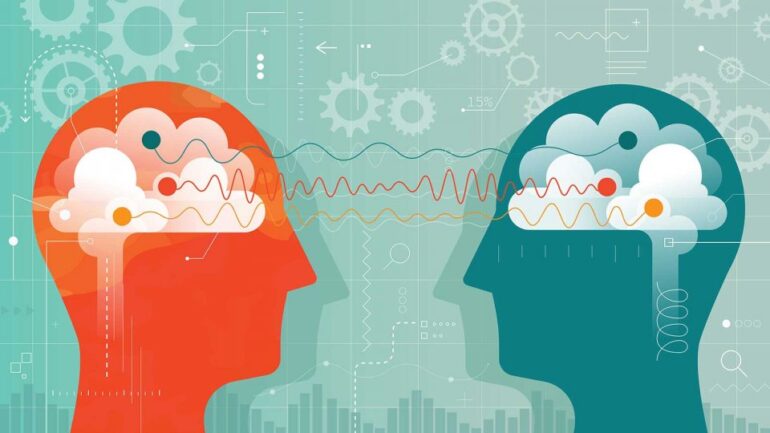- Researchers leverage AI to scrutinize Alzheimer’s risk factors beyond conventional parameters.
- Marina Sirota and the team at UCSF employ machine learning on health records to uncover new insights.
- Findings reveal anticipated factors like heart disease, high cholesterol, and inflammation, alongside unexpected associations such as osteoporosis and depression.
- While not conclusive, identified factors offer early indicators of Alzheimer’s risk.
- Further exploration aims to ascertain if treating conditions like osteoporosis or high cholesterol reduces Alzheimer’s risk.
- Genetic analysis unveils links between high cholesterol, osteoporosis, and Alzheimer’s, suggesting potential research avenues.
- The study underscores the power of machine learning in understanding complex diseases and proposes novel treatment strategies.
Main AI News:
In the realm of Alzheimer’s risk assessment, experts have adeptly identified key contributors, encompassing genetics, physical activity, educational attainment, and social engagement. While these conventional factors provide valuable insights, the advent of AI in medicine holds the promise of uncovering subtler connections that may elude human perception. Could AI serve as the key to unveiling overlooked conditions linked to Alzheimer’s?
Marina Sirota and her team at the University of California San Francisco (UCSF) embarked on a pioneering journey, employing a machine-learning program to analyze a repository of anonymous electronic health records. Trained to discern commonalities among individuals diagnosed with Alzheimer’s over seven years, the AI algorithm delved into clinical data, including lab results, imaging tests, and medical condition diagnoses.
Sirota remarks, “We observed some anticipated findings aligned with existing Alzheimer’s knowledge, yet others were unprecedented and intriguing.” The outcomes, elucidated in Nature Aging, revealed heart disease, high cholesterol, and inflammatory conditions as anticipated risk factors, given their association with protein plaque accumulation in the brain. Yet, unexpected revelations surfaced, including osteoporosis in women and depression in both genders. Unforeseen patterns, such as lower vitamin D levels close to diagnosis, added complexity to the findings.
Alice Tang, the lead author and a medical student in bioengineering, emphasizes that these factors don’t guarantee Alzheimer’s development but can signal potential risks. Tang asserts, “Identifying these factors provides early hints of an impending Alzheimer’s diagnosis, and conditions like high cholesterol and osteoporosis are modifiable with treatments.”
While the study doesn’t definitively establish whether addressing these issues reduces Alzheimer’s risk, Sirota’s team plans to delve deeper into health records. The aim is to assess whether individuals treated for conditions like osteoporosis or high cholesterol exhibit a lower Alzheimer’s risk than those with untreated conditions. Sirota states, “Retrospectively analyzing treatment data in electronic medical records is a promising avenue to explore existing therapies that may lower risk.”
Tang explored genetic factors linking high cholesterol, osteoporosis, and Alzheimer’s. The ApoE gene, particularly the ApoE4 form, emerged as a known contributor to the cholesterol-Alzheimer’s link. Tang identified a gene associated with both osteoporosis and Alzheimer’s, offering a potential research avenue for future treatments.
Conclusion:
The utilization of AI in dissecting Alzheimer’s risk factors presents a paradigm shift in disease understanding and treatment. By revealing nuanced associations and potential treatment avenues, this research underscores the transformative impact of advanced analytics in healthcare, paving the way for more targeted interventions and improved patient outcomes. Industries reliant on healthcare analytics and personalized medicine should closely monitor these developments to capitalize on emerging opportunities for innovation and growth.

